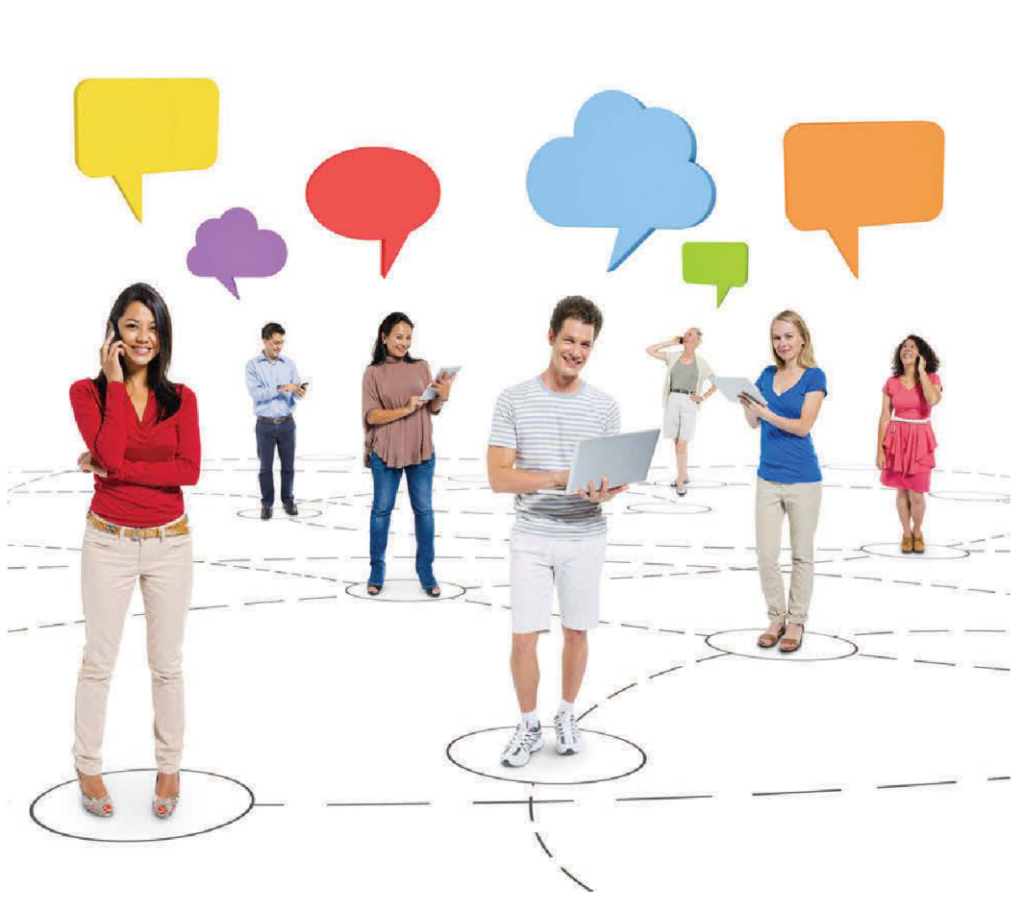If you are a twitter addict like me, when we tweet something funny or controversial, we believe that our tweet might go viral. But it doesn’t. There are many reasons why this happens. In class, we saw the different ways information can spread and how we can represent that behaviour with trees and measure virality in data.
We can represent all of this by analyzing a viral tweet. We can construct a tree based on a timeline of the number of retweets and likes, and when a specific action caused the tweet to reach out to more people. There are tools like Tweet Reach from Union Metrics that can help, especially businesses, to track these kinds of data to figure out when is the best time to send a tweet and what kind of followers will help to spread the information faster and to a broader audience.


A close friend of mine had a tweet go viral a couple of months ago. My idea for this blog was to analyze it using Tweet Reach, but there is no free trial, so I am going to try to break it down just using Twitter Analytics.
The tweet was sent in July 25th at 10:25 pm and it has caused almost 700K impressions on twitter since. Talking to my friend, she explained that at first, not many people were liking her tweet, but it became viral when one of her followers who has 10K followers herself, retweeted it. As we can see in the graph below, this tweet’s impression increased two days after it was originally tweeted.

After the peak of the tweet which only lasted a couple of days, the tweet went viral again when the blog Narcity did a post about it On August 20th. However, the number of impressions was lower than the original impact.

Below you can see the summary of total engagements and impressions that this tweet had. The interesting factor about it is the difference between impressions and engagements. Even that the tweet reached out to around 700K people, only around 5% of them either liked, retweeted or replied to the tweet. Spreading information does not mean that the audience will engage with it and will provide any kind of feedback. A piece of information going viral does not guarantee to get the audience’s response.
The question is then, is a viral tweet ranked by the number of engagements or impressions? I believe it is the number of impressions. If we relate this concept with one of the virality examples we saw in class, we measure virality based on how information can spread out among the population. In other words, what matters is the number of people who received the information rather than the people who provided any response.

If you want to get viral on twitter, you should keep in mind the following:
- Be unique: Be funny and/or interesting, those are the best tweets.
- Check the time: When is your target audience going to be more active? That’s when you want to shoot your tweet.
- (Don’t) Follow trends: Sometimes when you tweet about a controversial or trending topic, your tweet can get lost in between multiple of good tweets, unless it’s REALLY unique. If your tweet is not relevant to the trending topics, you can get more people’s attention.
References:
https://unionmetrics.com/blog/2016/08/when-a-tweet-goes-viral/

